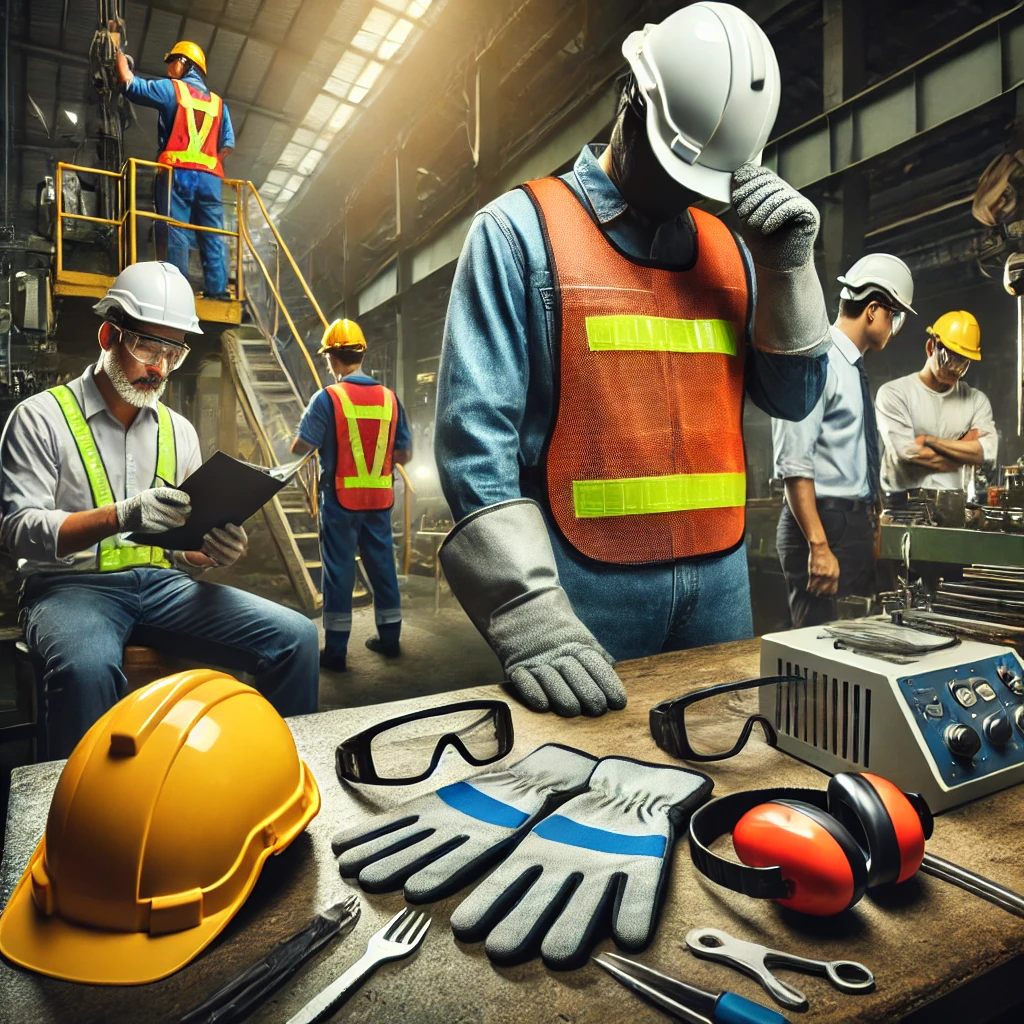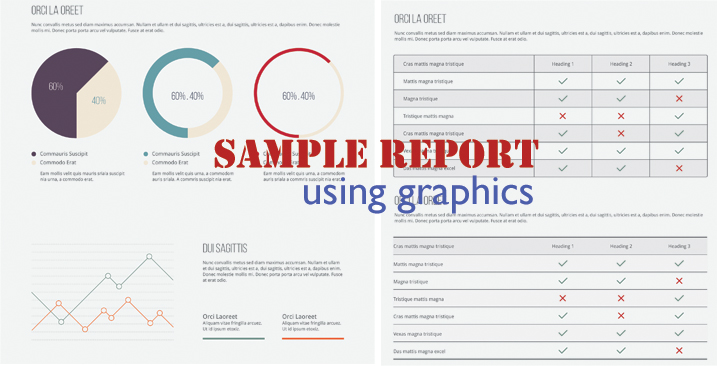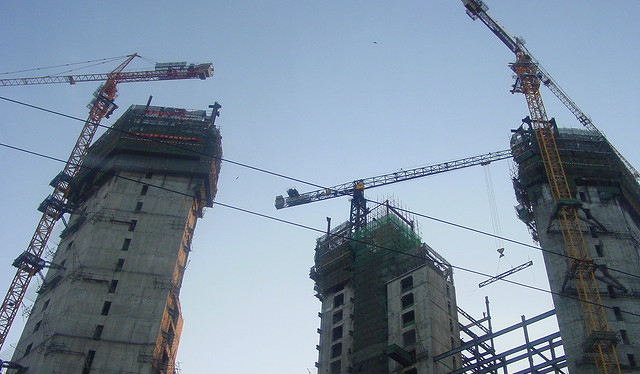The Role of Personal Protective Equipment (PPE) in Various Industries
Personal Protective Equipment (PPE) is a frontline defense in ensuring workplace safety across industries. From construction sites to healthcare settings, PPE minimizes the risk of injuries and exposure to hazardous materials. Its correct use is critical to maintaining a safe work environment. Common types of PPE include helmets, gloves, goggles, respirators, and protective clothing. Each industry has specific PPE requirements based on its unique hazards. For instance, construction workers need hard hats and steel-toed boots to protect against falling objects, while healthcare workers rely on masks, gloves, and gowns to prevent contamination and infection. Employers must provide high-quality, well-fitted PPE and train employees in its proper use and maintenance. Regular inspections and timely replacements ensure that the equipment remains effective. Educating employees about the importance of PPE and how to use it correctly should be an integral part of any safety program. Guidance on creating detailed health and safety reports can enhance understanding and implementation of PPE protocols. Beyond compliance, fostering a safety culture where employees understand the importance of PPE and consistently use it can significantly reduce workplace incidents. Employers can reinforce this culture by visibly supporting PPE usage, conducting periodic safety drills, and rewarding adherence to safety protocols. Incorporating advancements like smart PPE—equipment with sensors that monitor environmental conditions—can further enhance workplace safety. By proactively addressing risks with PPE, companies demonstrate their commitment to safeguarding their workforce and maintaining operational efficiency. PPE is not just a regulatory requirement but a critical component of employee protection and workplace safety. Its role cannot be understated in creating secure and efficient work environments.


